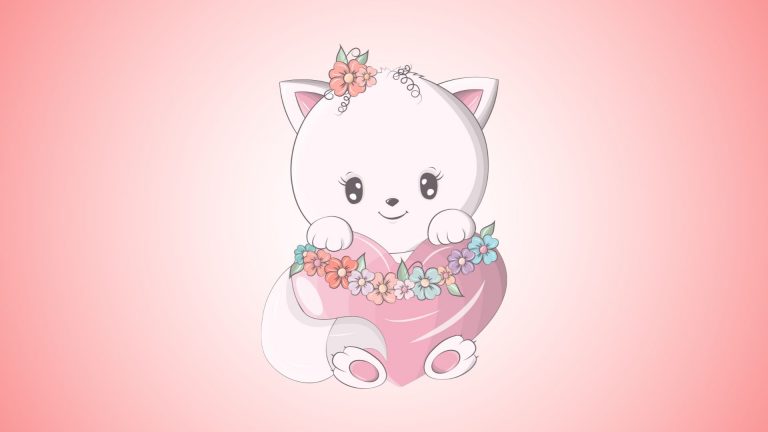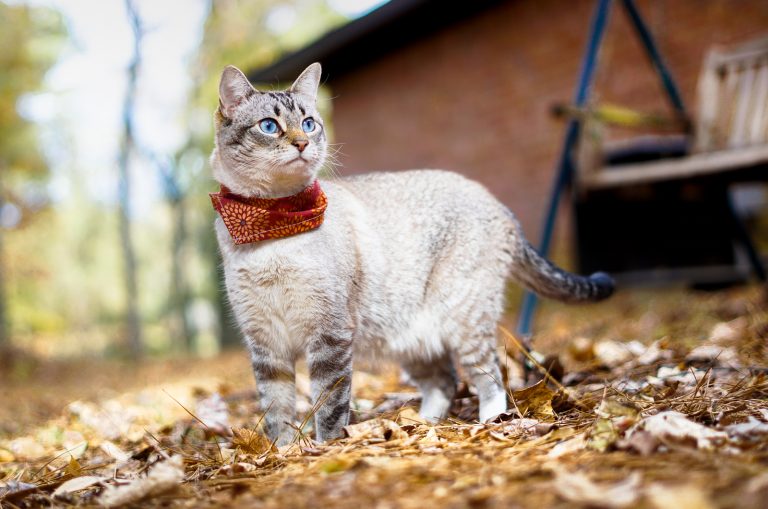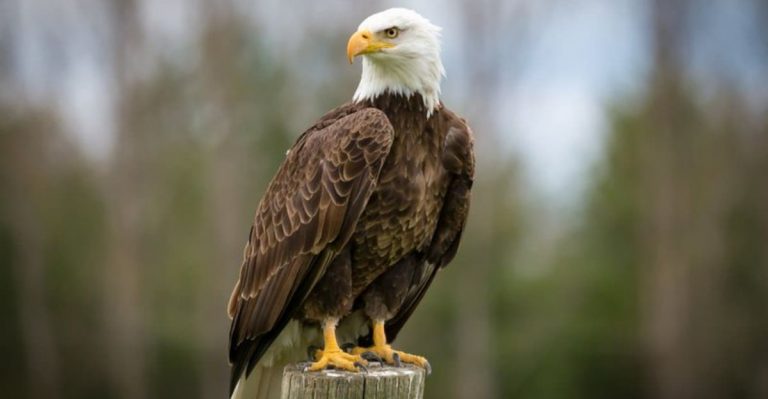The Most Popular Cat Legends And Myths
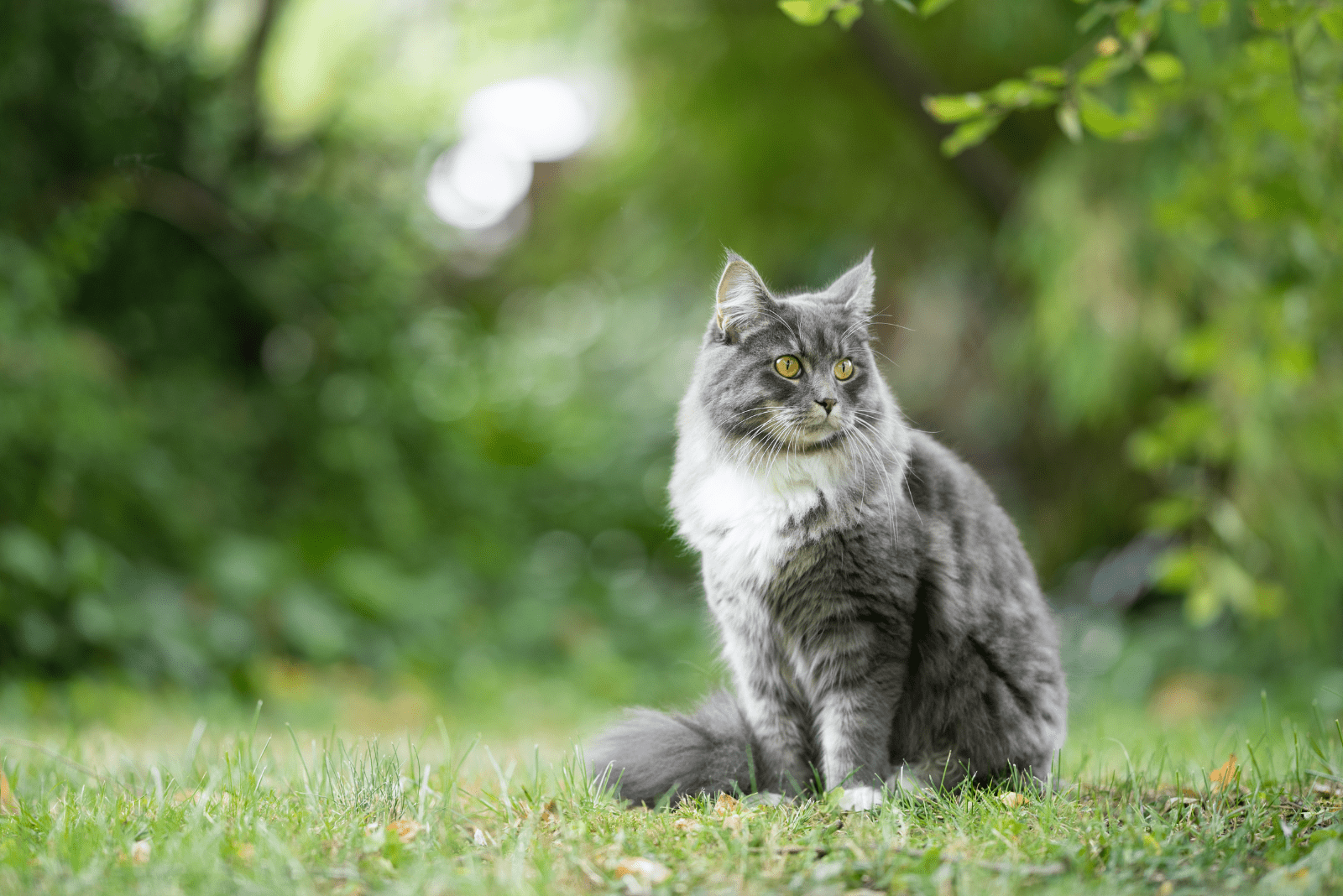
Have you ever heard about superstitions connected with cats? Maybe you have been told that if a black cat crosses your path, something bad is going to happen to you. Or perhaps your culture believes that cats are lucky? You might be surprised how many stories and beliefs there are about cats.
From the moment people connected with these beautiful animals, and long before cats were domesticated, many different cat legends sprung up and some of them became very popular. Every culture has different folktales or beliefs, and cats feature in many of them.
In some stories, cats are associated with bad or good luck, and in others they’re associated with evil, witches, or dark magic, especially black cats.
Even though these legends were more popular in the past, there are some cultures that still believe in these tall tales and superstitions.
Don’t worry, despite some of the scary stories, your cat is not something to fear! Here are some of the most fascinating cat myths and legends from the past.
YOU MAY ALSO LIKE: Black Cat Spiritual Meaning – 14 Things You Didn’t Know!
21 Cat Legends And Myths
Get comfortable, and enjoy reading all about these popular cat myths and legends from various different cultures and traditions.
1. Are Cats The Main Culprits For Bubonic Plague?
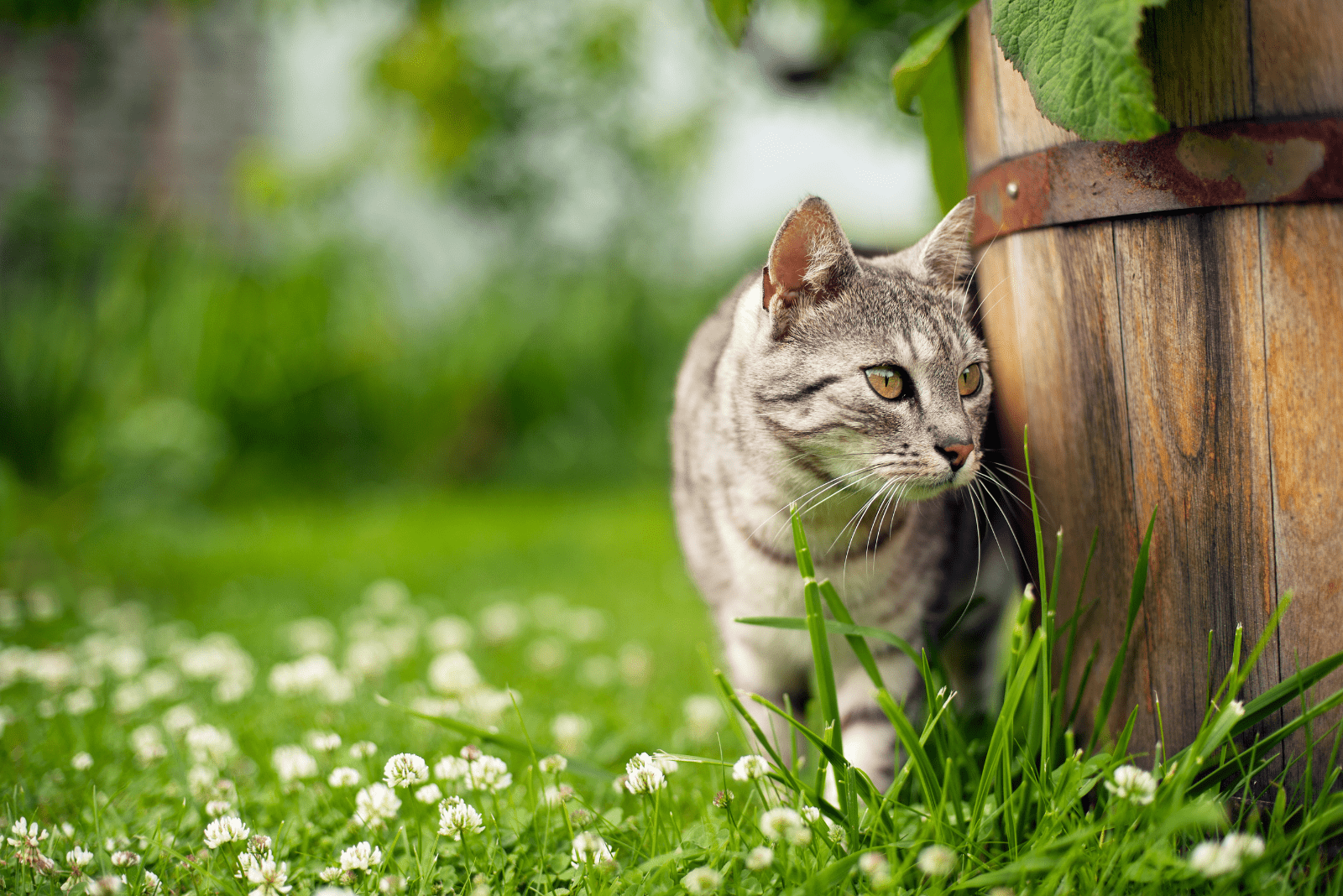
In the past, cats were often considered to be wicked animals with a connection to the devil, so the cats naturally got the blame when bad things happened.
This hatred towards cats increased when the bubonic plague hit Europe in the 14th century. This was a deadly event that claimed the lives of around 60% of the population.
People did not understand the causes of the plague or how it spread so they thought of it as an act of the devil. For many people, cats were considered the main culprits, as they were the devil’s pets.
As the plague killed people all over Europe, people responded by killing cats, especially black cats. There was a hope that if they killed the cats, the plague would disappear and they would save themselves.
They were so desperate that they would even kill the cat’s owners. However, little did they know that the main culprit for the plague was actually the Oriental flea that normally lives on rats.
The result of killing many cats was an increase in the rat population, which actually accelerated the spread of plague.
2. Norwegian Forest Cat And The Fairy/Goblin World
Most cultures consider cats to be magical and mystic creatures. One of the most famously “magical” cat breeds was the Norwegian Forest Cat. Their large size and beautiful long hair makes them really special.
People from certain cultures believed that these cats were actually goblins or fairies in disguise because of their incredible appearance.
That’s not the whole story! According to tradition, if you stare long enough into the eyes of the Norwegian Forest Cat, you can actually see into a magical world full of fairies, goblins, and other magical creatures.
3. Cats As Creatures From The Sea
Have you ever heard of the cat from the sea? Well, the legend says that there was a woman who knew everything.
The woman was actually a witch who sailed with her betrothed who was a fisherman.
While they were sailing, the ship’s crew thought that having a woman on board was bad luck, and therefore they wanted to drown her.
The witch would not surrender and instead she cursed them by calling upon a huge storm to wreck the ship.
She turned into a cat with four eyes and continued to haunt the ocean. Her fisherman lover continued to throw her morsels of food to calm her and satisfy her so that she would never do the same thing again.
In some cultures, even nowadays, some fishermen believe that if a cat falls overboard, it means that a storm will appear and bad things will happen.
On the other hand, in many traditions, sailors consider a cat aboard a ship to be a good luck charm.
4. Cat As A Woman In Disguise – Bible
This legend comes from the Bible, specifically from the Book of Isaiah. It refers to Adam’s ex-wife Lilith who was actually thought to be a demonic figure who used to eat babies.
The demonic figure comes from Hebrew folklore, and it was believed to be able to turn into a cat.
As some Sephardic Jews taught, Lilith was known as El Broosha, who’s actually a giant, black cat-shaped demon that eats babies vampire-style, drinking every drop of blood they have.
5. Imagine Being A Cat’s Christmas Dinner…
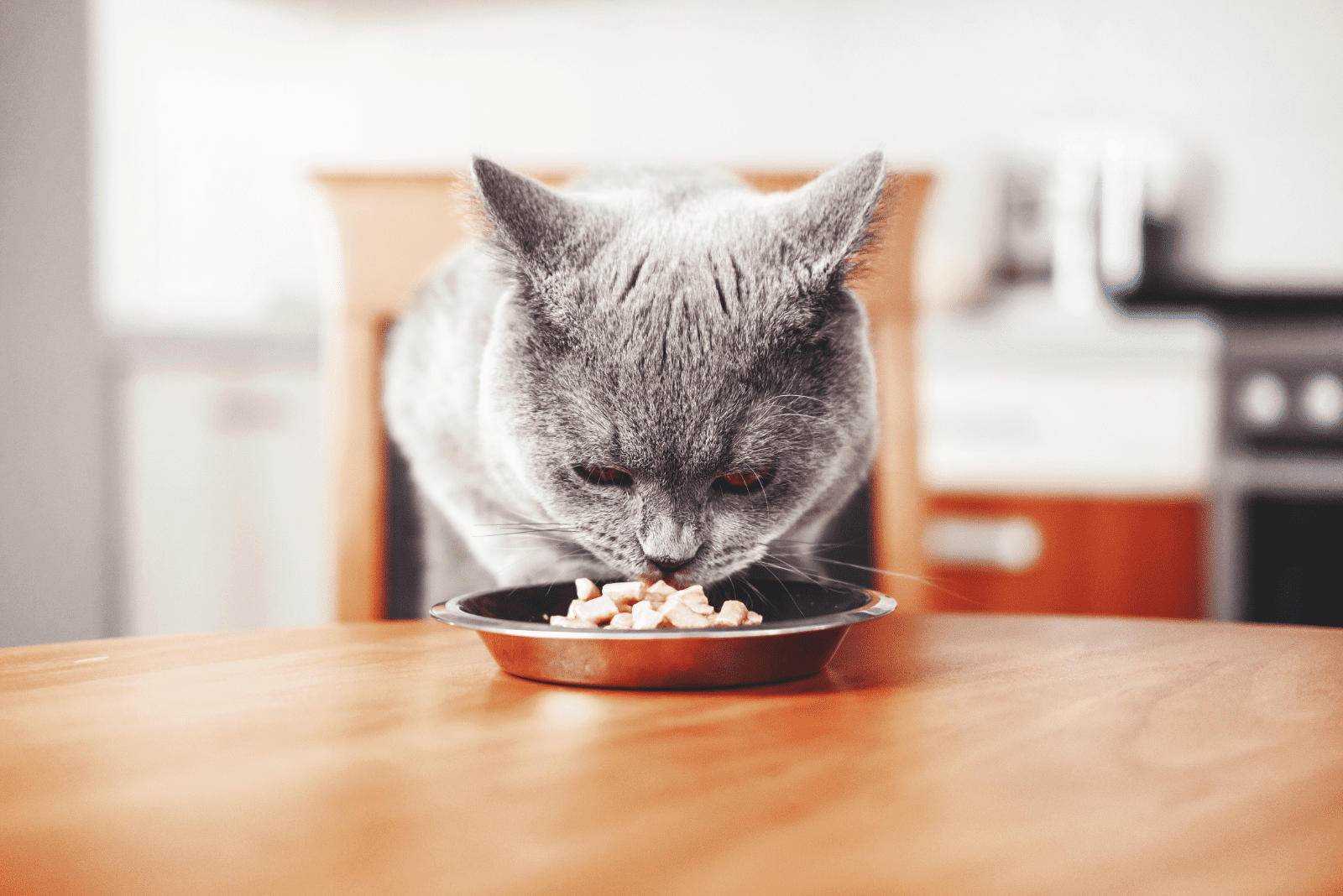
This legend is particular to Icelandic culture, which has several savage Christmas stories.
The legend talks about how the people of Iceland were afraid of the fierce Yule cat, Jólakötturinn, who wandered around the countryside during the Christmas period, looking for people to eat.
However, this wildcat monster didn’t look for naughty children, but for people of all ages who didn’t have new clothes for Christmas eve.
This tale was highly popular among farmers who made their workers work faster to finish processing the wool before autumn so that everyone would have new clothes by Christmas eve.
That way, they would appease the cat monster and escape being the cat’s Christmas dinner.
6. Cats Stealing The Souls Of The Dead
This legend derives from Scotland and Ireland, and it talks about the cat who steals the souls of dead people around the celtic countryside.
In ancient Scottish and Irish folklore, it was believed that a huge black cat with a white mark on its chest wandered at night looking for souls to steal. The cat was called the Cat Sith.
In order to distract the cat at the funerals, people would use catnip or loud music to protect the dead man’s soul.
They avoided lighting a fire in a dead person’s room because it’s well-known that cats love warm and cozy places, so they feared that the cat might be attracted by the fire in the room.
It was also believed that the Cat Sith may actually be a witch in disguise who could turn into a cat nine times, and after the ninth time, she would become a cat forever.
According to other legends, that Cat Sith wasn’t completely bad because every year on the Gaelic festival of Samhain, people would leave saucers of milk for the cat.
Those who would leave the milk, would be blessed in return, but those who didn’t leave any milk for the cat would be cursed and their cow’s milk would dry up.
YOU MAY ALSO LIKE: Black Cat With Green Eyes – What A Beautiful Sight!
7. Do Cats Represent Good Luck In Japan?
Unlike many other cultures, cats are considered to be good luck in Japan.
The most famous story is about the maneki-neko, also called the “beckoning cat”. It’s believed that these cats bring good luck to their owners, especially when it comes to money.
The origin for this belief is a legend that tells of how a Japanese cat once waved a paw to its owner to beckon him in the house.
It turned out that this gesture saved the owner from being struck by lightning, and since then a cat beckoning its paw is considered as a sign of good luck.
In Japanese culture, tortoiseshell cats, especially males who are extremely rare, are considered to be a sign of good luck.
8. Legends Behind The “M” Marking
There are a few legends behind the famous “M” shaped marking in the tabby pattern of the cats. The first legend comes from the Islamic tradition.
According to Islam, cats were protected and respected creatures, and the Prophet Mohammed liked cats very much. Of all the cats, his favorites were tabby cats.
The story says that a cat fell asleep on his robe, so he cut off his sleeve in order not to wake the cat.
From this story, many people believe that the “M” marking stands for Mohammed and that it appeared when he laid his hand on his cat.
Another legend says that the cat got the “M” marking from the Virgin Mary as a sign of gratitude after a cat stopped baby Jesus from crying.
In Egypt, the land famous for their passion for cats, there is another explanation for the “M”. As “Maus” is the Egyptian name for a cat, it’s believed that the M marking is given to cats by the gods to represent their name Mau.
Suggested: 5 Myths About Cat Whiskers & Good Luck + 10 Superstitions
9. Cats In Ancient Egypt
It’s well known that cats were very popular animals in ancient Egypt. The Egyptian name for cats is Mau and ancient Egyptians respected them and protected them in law.
One of the main reasons why they were so sacred was that they were connected to Bastet, the goddess of protection and good health. They were so sacred in Egypt that any person who killed a cat would be punished by death.
Egyptians were among the first societies who kept house cats as pets. It’s believed that many cat breeds that exist nowadays actually evolved from these domestic cats from Egypt.
That cats were sacred in Egypt can be seen from the fact that the family would mourn the cat that passed away and they would mummify them and bury them in a special cat cemetery.
Another myth believed to originate from Egypt says that Egyptian gods gave each cat nine lives because of their different abilities, such as landing on their feet.
10. Do Black Cats Mean Good Or Bad Luck?!
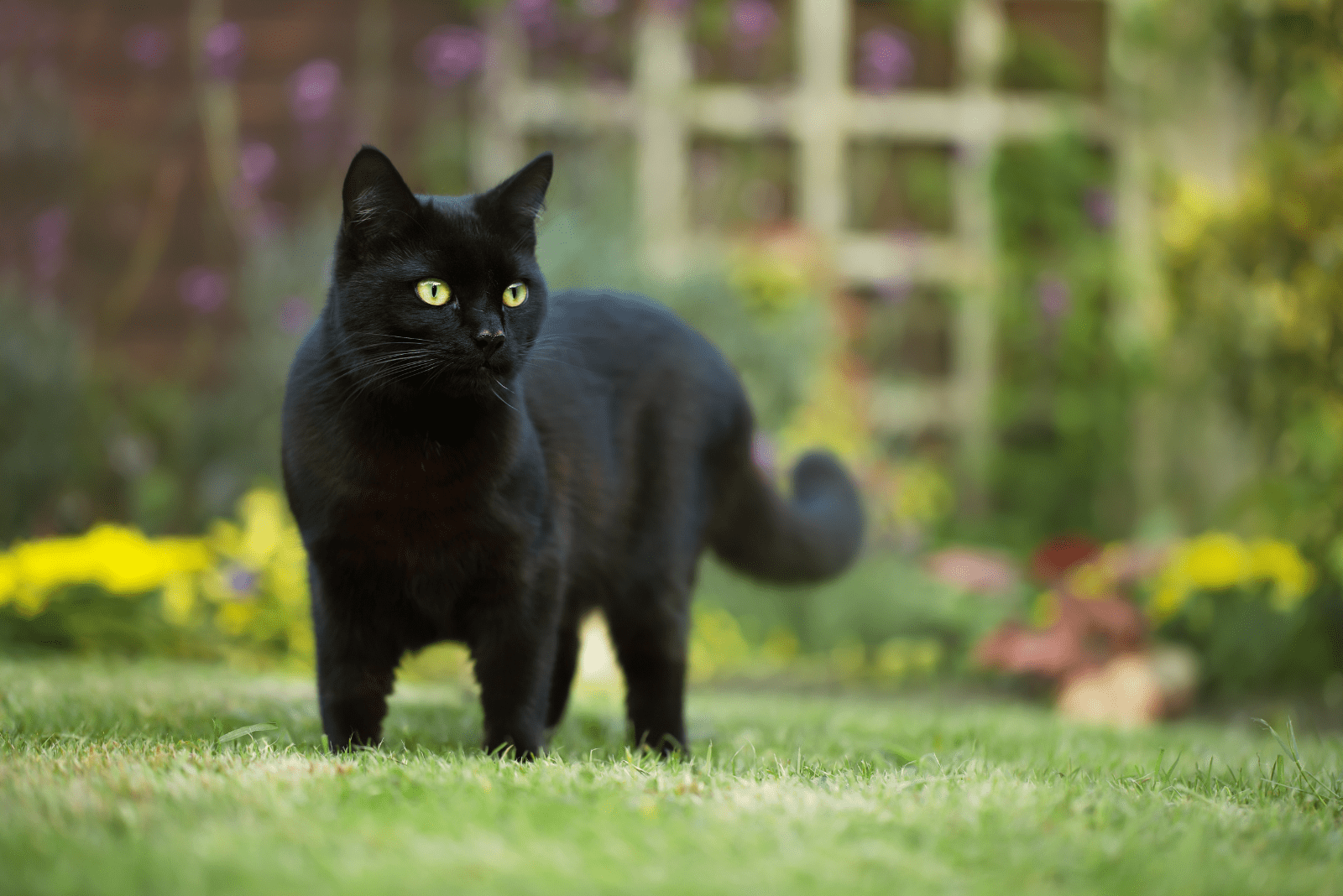
In many cultures, black cats have always been connected to the devil, witches, and dark magic. That may be the main reason why they’re considered bad luck by many people.
For example, one of the most popular superstitions is that if a black cat crosses your path, something bad will happen to you. Another superstition says that if a black cat goes on a ship and then gets off of it, the ship will be destroyed on its next journey.
However, the black cat has a completely opposite meaning in some other countries such as Ireland and Britain, where they’re often thought to bring good fortune.
11. Cats And Pussy Willows
The wonderful legend of cats and pussy willows comes from Poland and it goes like this… On a beautiful, sunny spring day, a few small kittens were chasing a butterfly along a riverbank, but unfortunately they fell in.
The mother cat, sighting that her kittens were in danger, started crying for help. The kittens were very lucky, because at the edge of the river, there were willows who helped them and saved their lives. The willows swept their long branches into the river so that the kittens could hold onto them and get back onto dry land.
According to this legend, willow trees grow soft furry buds on their branches every spring as a reminder of the kitten’s touch while they were being saved.
12. Cats Working For The Devil
In the Middle Ages, the Church and its devoted people despised cats as they connected them to the devil, witches, and dark magic. This was especially true for black cats.
Everyone considered black cats to be the devil’s servants and therefore they’re very common in tales about witches and dark magic.
It’s believed that black cats would ride on a broom along with a witch, or that they could infect you with tuberculosis if you breathe their breath. It was even said that a cat bite was poisonous.
People in the Middle ages thought that cats were the ones tasked with bringing the souls of the departed to Hell, and when all the Christians were asleep, they were awake all night long, looking for dead souls.
13. Cats Leaving Marks On Unborn Babies
There are many different folk tales and superstitions about cats in different parts of Europe. In some European places, it is believed that a pregnant woman shouldn’t hold a cat, or let it sleep on her, as something bad may happen.
For example, in Portugal, it was believed that a feline is able to afflict the baby by leaving a mark in the form of a hairy mole.
There is a similar story in England, where it’s also said that a cat can afflict a baby with a hairy mole, usually in the shape of a cat, or even that the baby will have the face of a cat.
This is a good illustration of how there can be so many conflicting stories about cats, even in one country, because cats in England usually mean good fortune!
14. Cats Pulling A Goddess’ Chariot – Scandinavia
In Norse mythology, Freyja was the popular goddess of love, beauty, war, fertility, and gold. According to Russian folklore, her son Thor gave her two blue male cats called Trjegul and Bygul to pull her chariot.
Freyja is said to love cats very much. Therefore the people would respect cats in order to keep Freyja on their side and have a good life.
To show their obedience, Scandinavian farmers would leave food for the male cats outside their homes, in the hope that Freyja would provide them with a calm and rich harvest in return.
In addition to that, according to Norse Mythology, if you fed your cat well, you’d have nice weather on your wedding day. If a cat appeared at your wedding, it was considered a sign of good and happy marriage.
15. The Royalty Of Siamese Cats
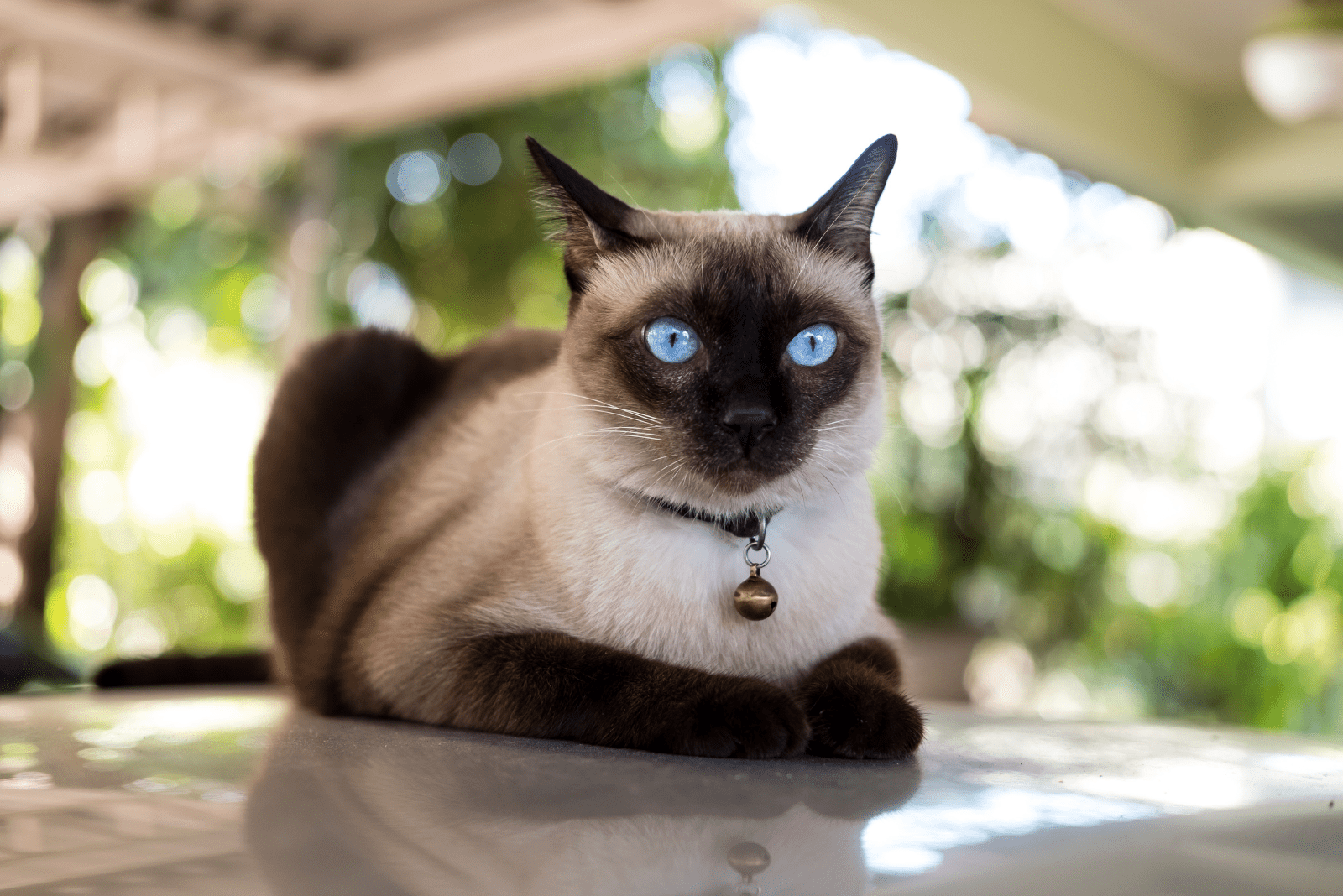
Siamese cats have been one of the most popular family cats for centuries. A popular story about these cats says that when a member of the royal family dies, a Siamese cat receives that soul. This explains why they would be located in a temple, living the rest of their lives in luxury.
These Royal Siamese cats feature in many stories about the special characteristics that can be found in this breed of cat.
Siamese cats with kinked tails and cross eyed Siamese cats are very common. These conditions happen due to genetic mutations.
However, there are many stories to explain these common features such as the kinked tail of the Siamese cat was because the cats kept the princesses’ rings on their tails and they would kink them to prevent the rings from falling off!
Another story says that Siamese cats were tasked with guarding a royal vase so they would curl their tail around it and stare at the vase until their eyes crossed.
16. Cats In Christian Tradition – Good Or Bad?
Although cats weren’t traditionally popular in Christian tradition, there is one crucial story that made them extremely important; the story of Noah’s Ark.
This story tells of how God sent a pair of each animal that existed on Earth to Noah’s Ark, to save them from a global flood. However, a pair of one animal was missing – the cats!
The story actually shows the importance of cats; because of their absence Noah and the rest of his family almost faced starvation, as rats started eating the stored food.
After Noah prayed for a miracle to save themselves from starvation, God sent them a pair of cats that came out of the lioness and lion’s mouths.
The cats managed to solve the rat problem and saved Noah and his family from starvation.
Eventually he rewarded them by putting them at the head of an animal procession after the flood disappeared. Who knows, maybe that is why our feline friends are so proud nowadays!
17. Buddhism – Cats And Souls
Another belief about cats comes from Buddhism where they say that if you’re holy enough, after your death, your soul will transfer to a cat. The soul will continue living within the cat, and only after the cat dies will the soul go to Paradise.
18. Cats Predicting The Weather
Another interesting belief says that cats can actually predict the weather. For example, according to the Welsh people, if the cat’s pupils widen, it means that rainy weather is coming.
Other signs for rain are if the cat washes its ears constantly, or if it keeps looking out the window.
Moreover, some people say that if a cat sleeps with her paws tucked underneath her, that cold weather is coming.
On the other hand, in England they say that when a cat paws at the carpets or curtains then windy weather is coming.
So, apparently, you don’t need to watch the weather forecast, just pay attention to your cat and her behavior, and you’ll know what to expect!
19. Cats As A Sign Of Good Luck In Different Cultures
Most cultures consider cats either as good or bad luck. Some cultures have conflicting stories that tell of both good and bad luck associations. When cats are considered good luck, stories are very different among different cultures.
For example, Russian Blue cats are considered to be a sign of good fortune in Russia. According to Buddhist tradition, light-colored cats are thought to bring silver, while dark-colored cats bring gold.
In China, the older the cat gets the luckier it becomes. Furthermore, in some cultures, cats who have extra toes, called a polydactyl cat, are considered to be a sign of good luck.
Because of that, many sailors that arrived in America brought a lot of these cats with them, to keep them safe during their travels.
In French folklore, it is said that if a white cat meows on your doorsteps, it predicts a marriage soon. Also, if a cat sneezes in the bride’s earshot during her wedding day, it means that she should expect good tidings. One of the most popular (and worst) superstitions is that if you want to marry this year, then you should step on a cat’s tail, but this is one superstition that could harm your pet.
YOU MAY ALSO LIKE: Will My Cats Spirit Visit Me? 19 Signs To Look For
20. A Cat As A Cacti Who Likes Booze
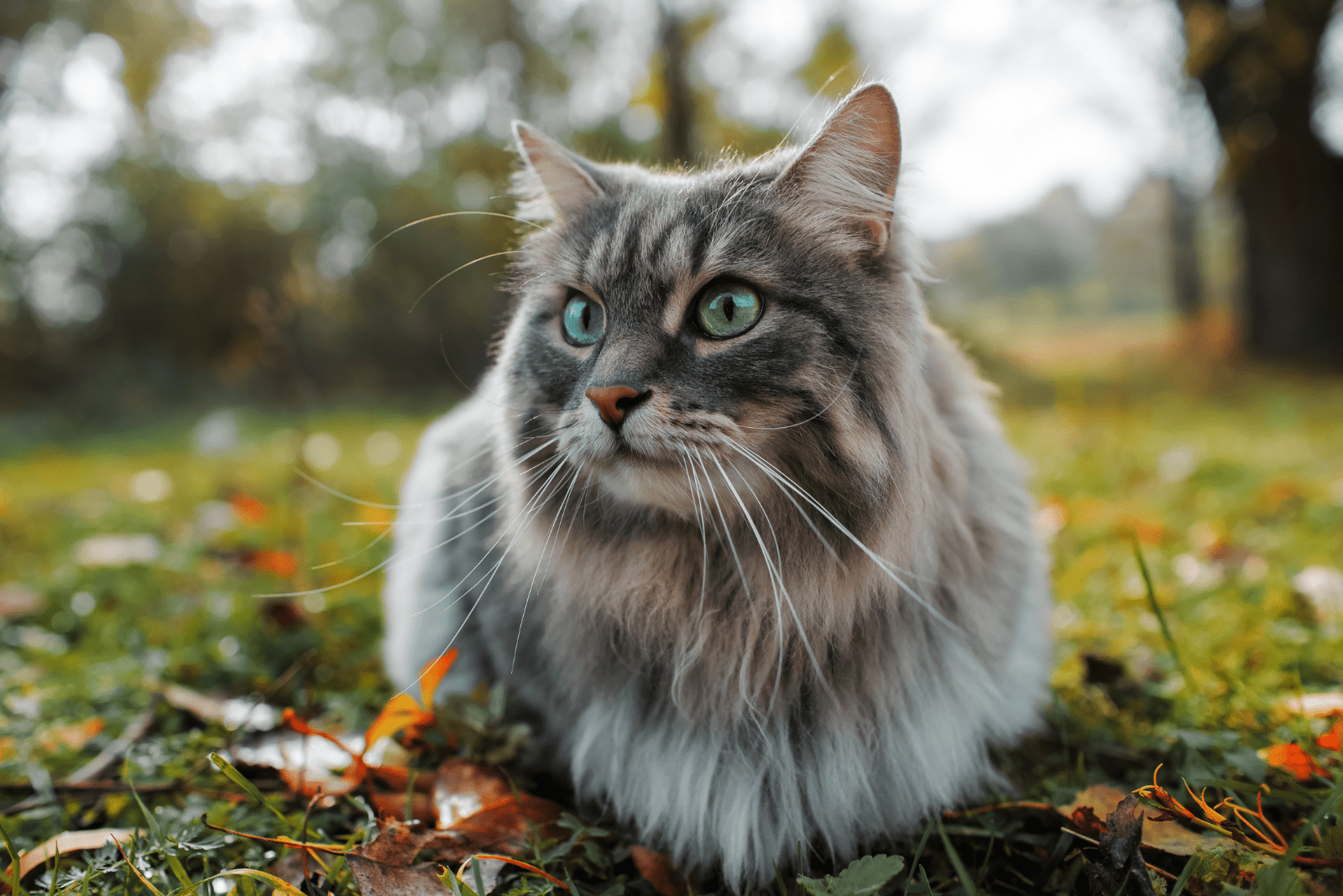
A famous story about a living cat form of cactus originated from Mexico and Arizona. This cactus-like cat used to go around and destroy the real cacti.
It would cut the base of the cacti with its knife-like paws and collect the juices from it. These juices would ferment into an alcoholic drink called pulque. Finally, after the cacti cat collected enough pulque, it would drink it until it got drunk, and then go cause problems all around the area!
21. Cats Stealing Baby’s Breath – Myth Or Not?
If you have ever had a newborn baby and a cat in the home at the same time, has your feline friend been jealous?
A similar story comes from England where people believed that a cat was able to get into a child’s crib and suck the baby’s breath until it suffocated to death.
This tale and similar ones say that the cats would do this because of jealousy and not receiving enough attention from their owners.
This myth was passed on by emigrants to the New World and it was very popular for several reasons.
In 1929, a doctor claimed to have witnessed a house cat on a baby’s breast with its paws on the baby’s mouth and its lips pressed against the baby’s. In addition to that, the child’s body was pale as though it were dead.
There was an actual court case in 1791, where a cat was accused of comitting infanticide.
Of course, this is only a myth; your feline won’t suck out your baby’s breath. However, it is true that cats can become jealous if they are not the center of attention, so you should keep an eye on them and supervise them with young children.
FAQ
What Are Cats In Mythology?
In mythology, cats have many associations. They were associated with the devil, witches, and dark magic. It was believed that cats were witches’ companions and servants carrying messages and the souls of the dead to the devil.
On the other hand, cats were also often considered to be lucky representatives of the gods in some traditions.
Which Greek God Is Associated With Cats?
There’s no Greek god that actually represents cats but the Greek god Artemis was often associated with cats because people linked him to the Egyptian god Bastet.
Is There A Cat God?
Yes, there is a cat god and it’s called Bastet. Bastet is an Egyptian god, famous for being a cat god and protector. It’s usually shown as a figure with a woman’s body and a cat’s head.
All In All
Even though cats are one of the most popular pets nowadays, along with dogs, it wasn’t always like that. The truth is that while cats were domesticated centuries ago, not every culture was fond of them.
For example, in ancient Egypt, a cat was a sacred animal and was protected by the law, and in Japan cats were associated with good fortune.
However, there are other cultures that despised cats as they were associated with the devil, witches, and dark magic.
There are a lot of superstitions relating to cats. Cat legends are still told even nowadays, even if modern people don’t believe in these tales as people used to.
Still, it’s fascinating to look at these interesting stories from the past, and they can often inspire names for your new furry friend.


